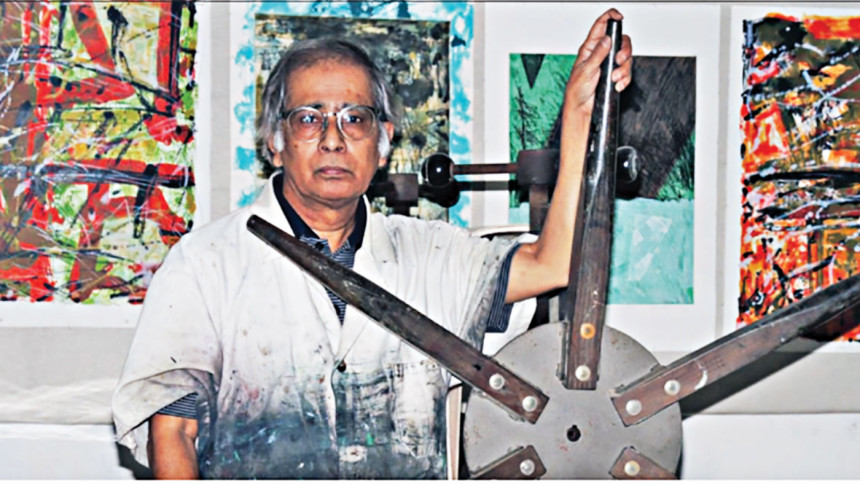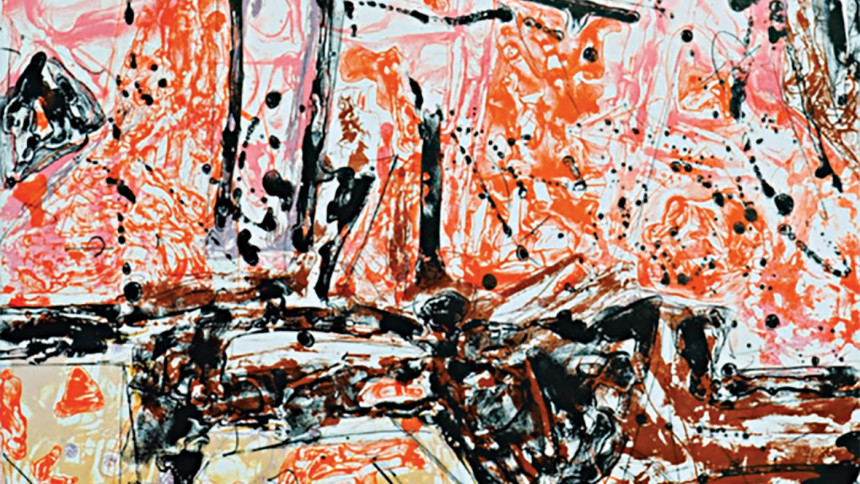Looking into AKM Alamgir Huque’s artistic muses

AKM Alamgir Huque, a scholar and artist, was a familiar name in the Dhaka art scene of the late 80s. In that period, he excelled in painting and printmaking, establishing an individual hallmark through his semi-abstract and pure abstract works.
Born in 1953 in Dhaka, Alamgir Huque lives and works as a full-time studio artist both in Bangladesh and in Canada. He did his Bachelor's in Fine Arts from the Department of Drawing and Painting, Institute of Fine Arts, University of Dhaka, in 1975. Under the India-Bangladesh Cultural Exchange Programme, he received an ICCR Scholarship and completed his Master's in Fine Arts from the Department of Printmaking, M.S. University of Baroda, Gujarat, India, in 1979.

Alamgir portrays nature and its mysteries through his personal observation and visions. His prints, mainly etchings and aquatints or waterless lithos, have recorded his ideas and memories.
His stay in Saskatchewan, Canada, sparked his inclination towards nature. In his view, natural elements such as air, water and soil, have no dissimilarity. He does not portray the nature of any particular region. Rather, he tries to depict the essence of universal nature in his prints.
Many of his prints are composition and form based -- rectangular, vertical, horizontal, half-curved and fully curved. The artist brings different symbols into his prints, including scattered shapes. The space division in his compositions is dramatic, with big spaces kept flat, while smaller areas have several tiny patterns.
Alamgir left the country for Canada in 1990. Prior to his departure, the artist's themes ranged from nature to the socio-economic and political structures of Bangladesh.
So far, he has won many prestigious awards, including Saskatchewan Arts Board Grants of Individual Assistance Grants; International Award from Mini Prints International, Barcelona, Spain; Best Printmakers' Award from the Shilpakala Academy, Dhaka; Award Scholarship from the Government of Bangladesh and the Government of India-Cultural Exchange Programme; and the Best Printmakers' Award from Institute of Fine Arts, University of Dhaka.


 For all latest news, follow The Daily Star's Google News channel.
For all latest news, follow The Daily Star's Google News channel. 



Comments